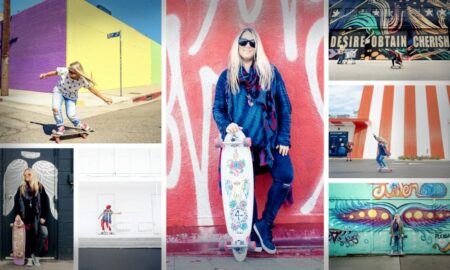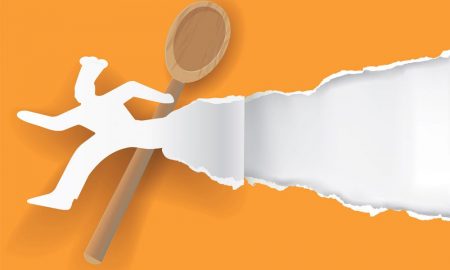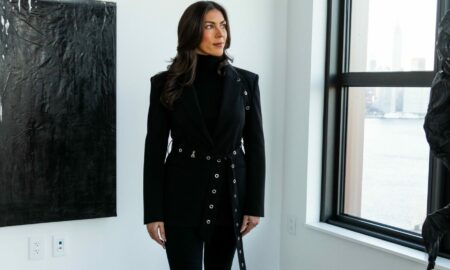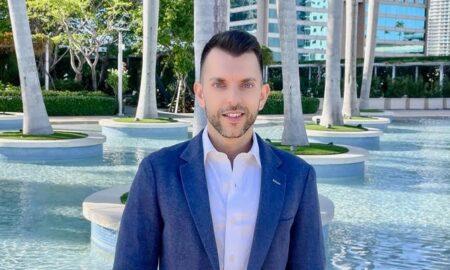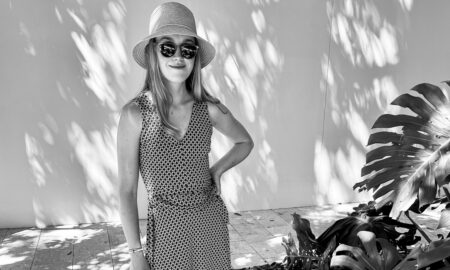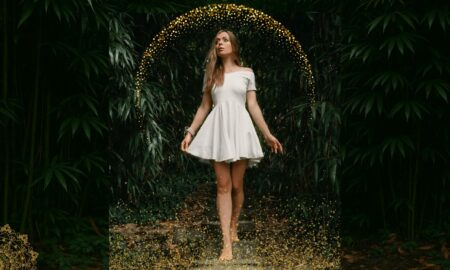

Today we’d like to introduce you to Barry Wolfryd.
Every artist has a unique story. Can you briefly walk us through yours?
I am originally from Los Angeles, born in 1952 and spent my formidable years growing up in So Cal in a culturally diversified, wild west, Disney backdrop, where things became over romanticized by mid-century middle-class values.
High school was done on the east coast in Connecticut, in another middle-class working neighborhood in the Bridgeport / Fairfield area. It was a realty show version of the Soprano’s. I slowing took up the counter culture cause of the hippy and anti-war movements.
My first attempt at university didn’t work out and so I received my draft notice while residing in Chapel Hill, North Carolina. I soon escaped that dark shadow and spent a good deal of time hitchhiking cross-country, working odd jobs and trying to connect the dots of my life. Eventually I ended up in a community college in 1972. Everything I had done previously led me to their art department and this is where my instinct for things creative took a more measured and formal approach.
By January 1975, I was on my way to Mexico to continue my exploration and diversification of experiences. The first ten years I lived in provincial towns and cities with small breaks going back to the starts for a variety of reason. Since finishing my education and moving to Mexico City in 1985, I have firmly planted my feet in the culture and life style here. The country has been generous to me, allowing me to practice my craft as a visual artist and giving me the opportunity to become part of a world-class community where art and culture belong to everyday life and not simply delegated to the fringes of a Tag or a Star Quality only environment.
Mexico is a hub for world art. Being attached to that has made it possible for my work to reach other communities and participate in events both inside and outside the country. It has granted my art long legs and the ability to share with others. To take me on an unimaginable quest I thought hardly possible, using art has a tool to probe and pun at our common humanity.
Please tell us about your art.
Most of my work for the longest time was based on two-dimensional imagery, painting, drawing and graphics, with the first taking president. During the last five years I have dedicated a great deal of time to more three-dimensional pieces. I’ve been working in ceramics, glass and object art. Taking my art into other territories in order to work on a more conceptual identity.
I tend to work with symbolic and iconographic imagery although in earlier years the paintings and work were more representational with very loose lines and brush strokes, perhaps more playful because the focus was just on the painting. As things developed and my imagery became more poignant, my interest in the hidden values of objects and what they represented took on a greater attention. As one’s own pictorial alphabet grows you develop the tools to help compose your vision, your tour de force.
I jump between seemingly baroque compositions and very simplified ones. Also, I like switching from a palate of colors to just black and white with heavy overtones of grays mixing the paints with encaustics to create transparencies and layers but in the end, it is the content that has become paramount. I like investigating what makes us tick.
Cynical, black humor, irony would be words that may help to describe the context of my art. Settings and situations that portray our humanity act as conduits to bring forward to the observer a playfulness of the composition and slowing leading them to read between the lines of what is really going on. The art speaks about our conditions and circumstances. I would like that the observer viewing the work takes it in as one would an anecdote. Playing pictorial detective and clowning with art seems good as any way to talk about the things that at time goes may astray with mankind.
Do you have any advice for other artists? Any lessons you wished you learned earlier?
If I could say anything about being an artist is just be clear about what are your intentions because it will show up in your work. As far as lessons learned they all happen on the way, your experiences individually or in commonality are what you’ll use to manifest your art.
How or where can people see your work? How can people support your work?
The best way for people see my work if not on exhibition in a gallery, art fair or museum would be through social media such as FB, Instagram, my web site or Google search. Support for my art has many models but is best represented my dedicated followers, some eventually becoming collectors or networking me to institutions, cultural spaces, projects, curators, directors of galleries and museums.
Contact Info:
- Address: STUDIO Durango 118
Col. Roma Nte.
Mexico City, Mexico 06700 - Website: http://bwolfryd.wixsite.com/barrywolfryd
- Phone: +52 55 2703 8224 (Cel)
- Email: bwolfryd@gmail.com
- Instagram: https://www.instagram.com/bwolfryd/?hl=de
- Facebook: https://www.facebook.com/barry.wolfryd
- Twitter: https://twitter.com/barrywolfryd?lang=en



 Image Credit:
Image Credit:
Barry Wolfryd
Getting in touch: VoyageMIA is built on recommendations from the community; it’s how we uncover hidden gems, so if you know someone who deserves recognition please let us know here.


